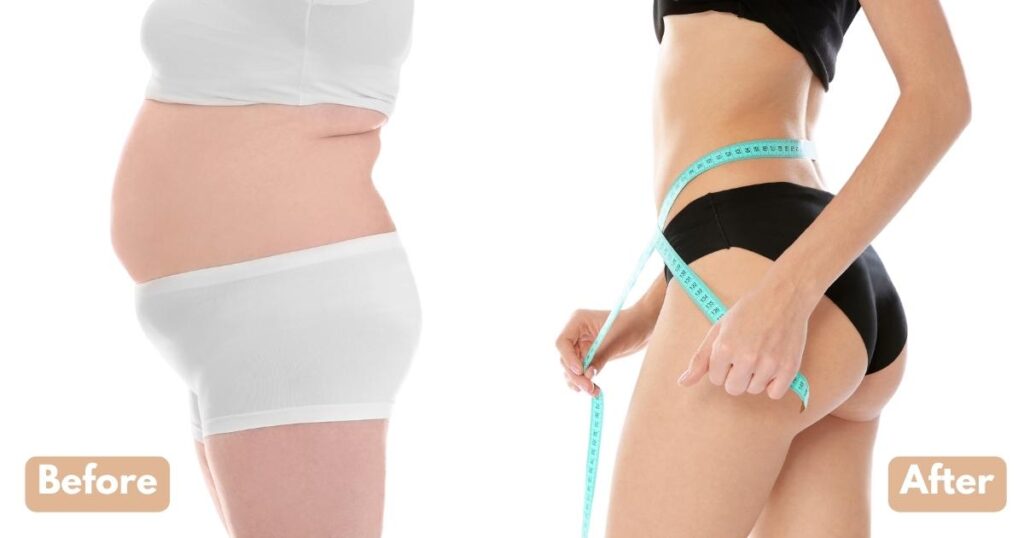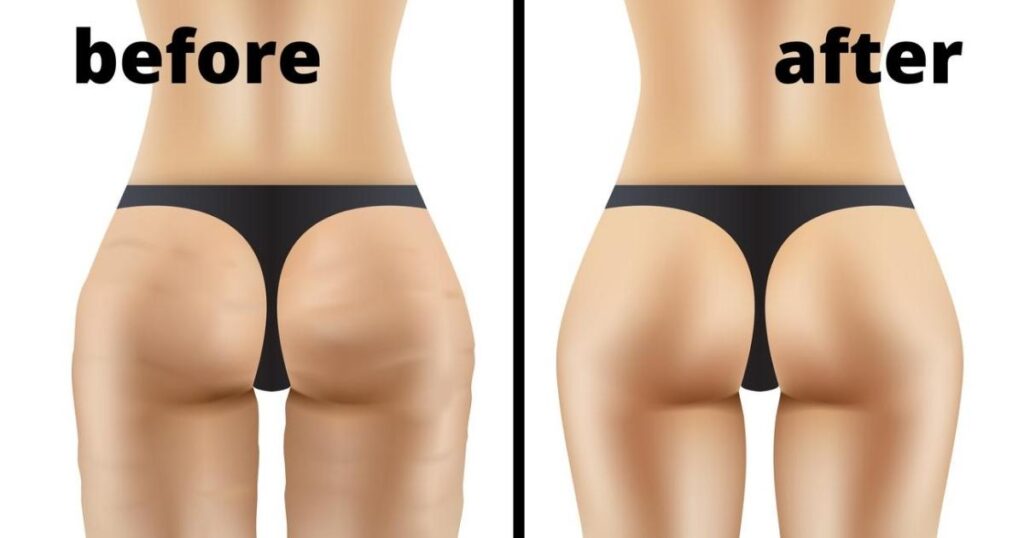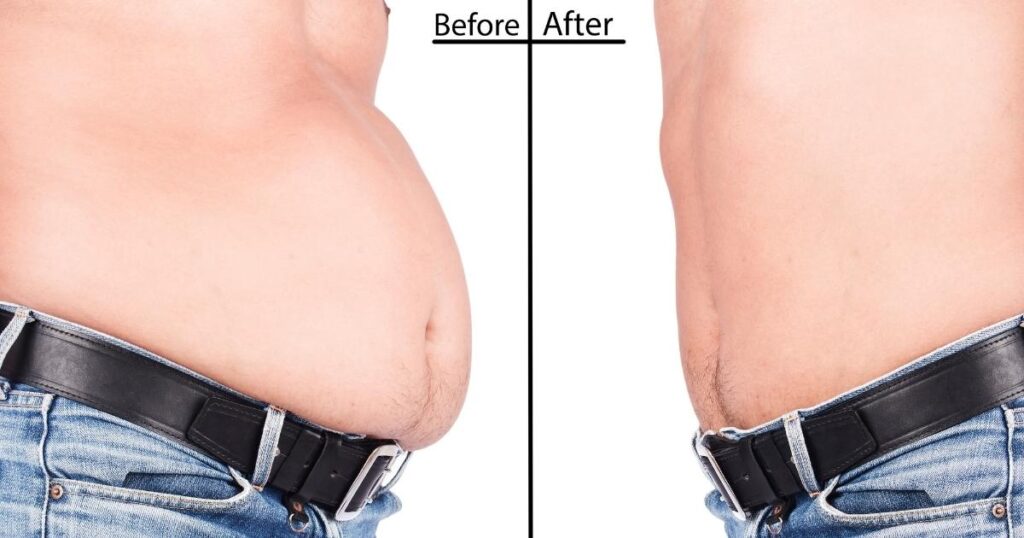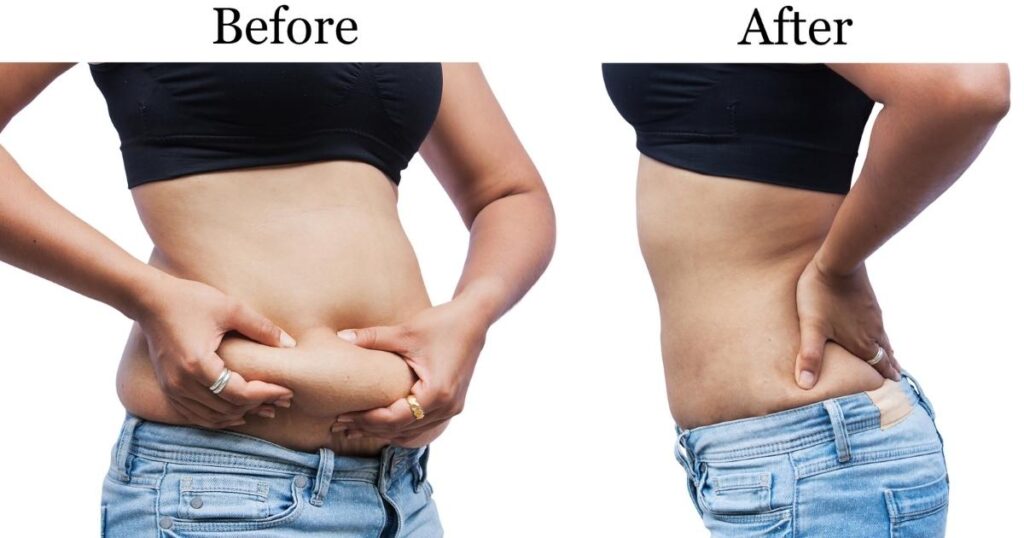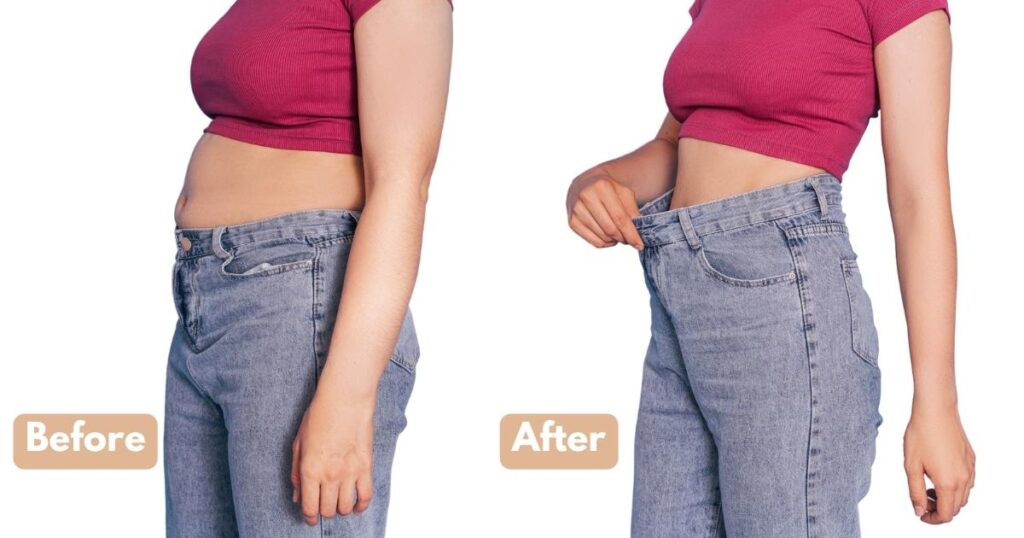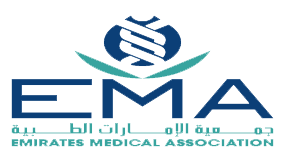Body contouring in Dubai, where cutting-edge aesthetics meet unmatched luxury, can help you achieve a fresh, confident image. Modern, non-invasive therapies carried out by renowned experts can help your body reach its full potential. Enter the world of beauty, where change isn’t just a pipe dream but something you can actually touch and feel.
What is Body Contouring?
Body contouring is a general term that refers to a range of procedures that reshape and refine different areas of the body. These procedures can improve the body’s shape, tone, and symmetry by eliminating excess sagging skin and fat.
Body contouring is often sought after significant weight loss, post-pregnancy, or simply to combat the effects of natural ageing. Such procedures include liposuction, tummy tucks, arm lifts, thigh lifts, and non-invasive options like CoolSculpting or laser treatments.
Types of Body Contouring
In Dubai encompasses a variety of procedures tailored to the unique needs and goals of the individual.

Liposuction
The liposuction procedure removes fat deposits from targeted body areas that do not respond to diet and exercise, enhancing body shape and contour.
Tummy Tuck (Abdominoplasty)
Designed to make the abdomen more firm and flat, a tummy tuck removes excess skin and fat while restoring weakened or separated muscles, delivering a smoother, firmer abdominal profile.
Arm Lift (Brachioplasty)
The arm lift procedure is designed to tighten and smooth the under portion of the upper arms, reducing sagging skin caused by weight loss or ageing, resulting in more toned and proportionate arms.
Thigh Lift
Thigh lift surgery reshapes the thighs by reducing excess skin and fat, resulting in smoother skin and better-proportioned contours of the thighs and lower body.
Body Lift
A comprehensive approach to body contouring, a body lift involves removing excess sagging skin and fat, improving the shape and tone of the underlying tissue. This procedure often follows significant weight loss, and it can treat multiple areas of the body at once, creating an overall more natural and youthful appearance.
Advantages of Body Contouring
The procedures significantly improve an individual’s physical appearance and self-confidence.
Improved Body Proportions
By removing excess fat and skin and enhancing body shape, contouring procedures help to balance and harmonise body proportions, offering a more aesthetic and pleasing silhouette.
Enhanced Self-Confidence
An improved physical appearance can significantly boost an individual’s self-esteem and confidence. Body contouring can be a final step in a transformation journey, helping individuals feel better in their skin.
Better Clothing Fit
Excess skin can make it challenging to find clothing that fits properly and looks flattering. By improving body proportions, contouring can make clothes fit and look better, expanding wardrobe options and enhancing personal style.
More Toned Appearance
Body contouring can provide a firmer, more toned appearance, particularly in areas of the body that have been resistant to toning through exercise. It can help individuals achieve the toned, fit look that they desire.
The Procedure
Body contouring involves several steps, usually performed under general anaesthesia, that differ depending on the procedure.
Consultation & Planning
This first step involves meeting with the surgeon to discuss goals, options, potential risks, and benefits. The surgeon will examine the patient, take a full medical history, and create a tailored plan for the procedure.
Administration of Anaesthesia
General anaesthesia is usually administered to ensure the patient’s comfort during the procedure. In some less invasive procedures, local anaesthesia with sedation might be used.
Making the Incision
The surgeon will make an incision in the designated area. The size and pattern of the incision depend on the amount of excess skin to be removed and the specific procedure being performed.
Tissue and Fat Removal
After making the incision, the surgeon will remove excess fat and skin and, in some cases, may also reposition or tighten underlying tissues to create a smoother, firmer contour.
Closing the Incision
Once the desired reshaping is achieved, the surgeon will close the incision. Depending on the procedure and the surgeon’s preference, it might be done with sutures, skin adhesives, tapes, or clips.
Before the Procedure
Initially, you will have a consultation session with a plastic surgeon. This session will cover the following areas:
During this consultation, the healthcare professional will also:
If you decide to proceed with the treatment, you must sign a consent form. This form indicates that you are giving the healthcare provider permission to perform the procedure, that you understand the associated risks, and that your expectations are realistic.
Depending on the type of body contouring you opt for, you may be asked to:
During Surgical Body Contouring
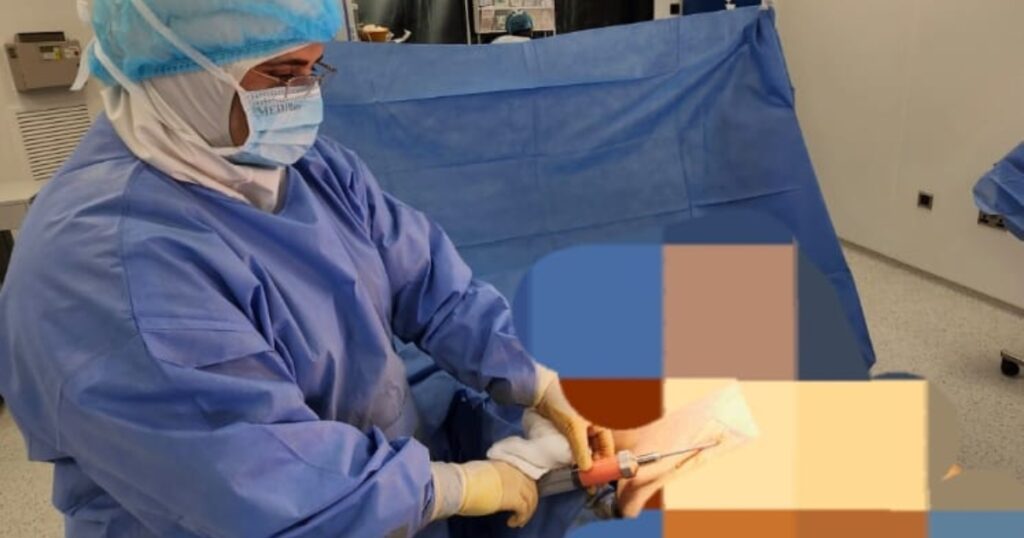
Most cosmetic surgeries, including liposuction and other surgical body contouring procedures, are performed in a surgeon’s office, surgical centre, or hospital. The duration of the procedure can range from 45 minutes to several hours, depending on what is being done.
The steps typically involved in surgical procedures are
During Non-Surgical Lipolysis
Non-surgical lipolysis procedures are typically performed in an office or clinic setting, with each session lasting about 30 to 60 minutes.
The steps usually involved in non-surgical lipolysis are:
Post-procedure Phase or Recovery
Most individuals can return home the same day, even after undergoing surgical procedures. If you have undergone surgery, you should arrange for someone to drive you home and stay with you for the first night. You may have a thin tube near one or more incisions to drain fluid and reduce swelling.
Your surgical team will provide you with instructions for recovery, which may include:
For non-surgical body contouring, you can leave the office or clinic immediately after the procedure, and you usually won’t need someone to drive you home. You can also return to your usual daily activities.
Healing Stages For Surgical Body Contouring
Here’s a general outline of the healing stages after surgical body contouring. Please note that individual experiences can vary greatly based on the specific procedure, the individual’s health, and other factors.
| Stage | Time Frame | Description |
| Immediate Post-Op | First Few Days | Pain, swelling, and bruising are common. Drains, if placed, will be removed by the surgeon typically within this period. |
| Early Recovery | 1-2 Weeks | The pain starts to subside. External stitches, if used, are usually removed. Light activities can be resumed, but strenuous activities should be avoided. |
| Mid Recovery | 3-6 Weeks | Swelling and bruising continue to decrease. Regular activities can be slowly resumed as directed by the surgeon. The surgical site will start to look more normal as healing progresses. |
| Late Recovery | 2-3 Months | Most of the swelling has subsided. The final results of the surgery start to become apparent. However, minor swelling might persist for a few more months. |
| Full Healing | 6-12 Months | The surgical site is completely healed. The final results are now completely visible. Scar maturation will continue, causing the scar to fade and become less noticeable over time. |
Post and Preoperative Care For Body Contouring
Body contouring procedures require thorough preoperative and postoperative care to ensure smooth surgery and recovery. The specific instructions may vary based on the type of procedure, the patient’s health status, and the surgeon’s preferences. However, some general guidelines apply to most body contouring procedures.
Preoperative Care For Body Contouring
Regular Consultations
Regular consultations with your surgeon leading up to the procedure is vital. These sessions allow your surgeon to monitor your health and ensure you’re ready for surgery.
Lifestyle Changes
You may need to make some lifestyle changes before the procedure. For instance, you’ll need to quit if you smoke, as smoking can interfere with the healing process.
Diet Adjustments
Maintaining a healthy diet is crucial in the weeks following the surgery. Certain foods can promote healing and boost your immune system, while others, such as those high in sugar or sodium, can increase inflammation and should be avoided.
Medical Evaluations
You may undergo various medical evaluations to ensure you’re healthy for surgery. These might include blood tests, a physical examination, or other diagnostic tests.
Postoperative Care For Body Contouring
Regular Check-ups
Regular check-ups with your surgeon is critical after the procedure. These allow your surgeon to monitor your healing progress and address any complications early.
Healthy Diet
Maintaining a healthy diet is equally important after surgery. Eating well can support your body’s healing process, reduce inflammation, and provide the necessary nutrients for recovery.
Gradual Resumption of Activities
While it’s essential to get moving after surgery to prevent blood clots and stiffness, it’s equally important not to rush your recovery. Your surgeon will guide you on when and how to gradually resume your regular activities.
Adherence to Medications
Adhering to all prescribed medications as instructed by your surgeon is crucial. It might include pain relievers, antibiotics to prevent infection, or other medications depending on your specific needs and the nature of your procedure.
Who is a Suitable Candidate for Body Contouring?
Body contouring is a highly personalised procedure, and suitability is determined individually. Various factors contribute to determining whether someone is a good candidate for body contouring. However, some general characteristics make someone a likely suitable candidate:
Who is Not a Suitable Body Contouring Candidate?
Body contouring is a significant surgical procedure, and not everyone is an ideal candidate. Certain health conditions, lifestyle habits, and expectations can make the procedure risky or the outcomes less satisfactory. Therefore, evaluating suitability before going forward with body contouring is crucial.
Is Body Contouring Right for You?
Body contouring can effectively enhance your physical appearance by eliminating excess skin and fat, but it’s not suitable for everyone. After considering various factors, the decision to undergo body contouring should be made carefully. Here are a few considerations to keep in mind when deciding if body contouring is right for you:
Why Body Contouring Might Not Be for You
Body contouring might not be the right choice for everyone. Personal health, lifestyle factors, and realistic expectations play significant roles. A few key reasons someone might want to reconsider undergoing this procedure.
The Right Age for Body Contouring
While there’s no specific “right age”, body contouring is typically recommended for adults who have reached a stable weight and are in good general health.
How to Prepare for Body Contouring in Dubai?
To prepare for body contouring in Dubai, firstly, schedule a thorough consultation with your surgeon to discuss your goals and expectations. Secondly, maintain a stable weight and healthy lifestyle. Lastly, undergo all necessary pre-operative assessments to ensure you’re a suitable candidate for the procedure.
How Long Does the Procedure Take?
Regarding the extent of contouring necessary, the procedure usually lasts from a few hours to several days. But it depends on:
Choosing the Best Body Contouring Surgeon in Dubai
Your choice of surgeon plays a vital role in your body contouring journey.
Why Choose Dr Shehzadi Tasneem?
With Dr Shehzadi Tasneem Sultan, you choose a renowned and highly trained plastic surgeon specialising in body contouring and facial rejuvenation. She provides tailored, patient-centric care, integrating both surgical and non-surgical approaches based on individual needs. Trained at prestigious medical institutions worldwide, she offers an extensive range of aesthetic procedures grounded in the latest advancements in plastic surgery.
Here’s why you should choose us:
Achieve the body confidence you’ve always wanted under the expertise of an accomplished surgeon with an artistic eye. Book your free consultation today with Dr Shehzadi Tasneem Sultan for an individualised and professional approach to body contouring.
